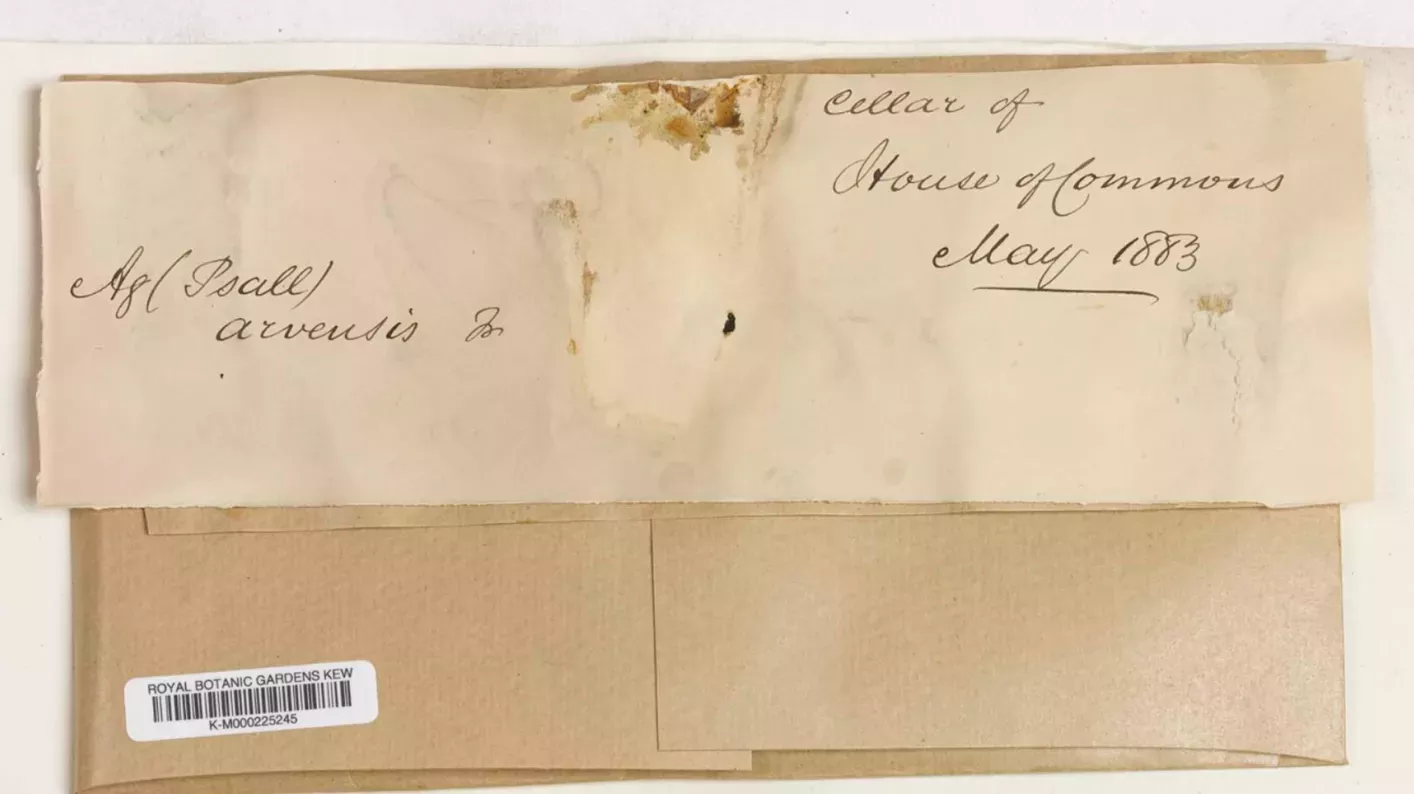
Kew Gardens
Queen’s Garden
Designed to complement Kew Palace, the Queen's Garden is a quiet spot for a stroll and some history.
Queen's Garden
Kew Palace is the oldest building within the Gardens, serving as the summer home of King George III in the 18th century.
The striking façade of the palace reflects its origins. Constructed in 1631 for a wealthy Flemish merchant, Samuel Fortrey, it was originally known as the Dutch House.
A century later, George III received his education at Kew Palace during a period that profoundly influenced his reign, as new ideas on science, art and manufacturing began to blossom.
.jpg.webp?itok=bdXKx620)



As king, he preferred his country estates to court life, spending many happy summers at Kew Palace with his wife Queen Charlotte and their 15 children. However, these periods of relaxation were shadowed by King George’s struggles with mental illness – suffering repeated bouts from his first episode in 1789 until a regency was declared in 1811. After Queen Charlotte died in 1818, Kew Palace was closed off.
Queen Charlotte's Cottage sits at the opposite edge of the Gardens from Kew Palace, tucked away in one of London's finest bluebell woods, part of which is over 300 years old.
A paddock adjoining the cottage was home to many exotic creatures, including a pair of black swans, buffaloes, the now extinct quagga (an animal similar to a zebra) and the first kangaroos to arrive in England.
Both residences were acquired by Kew in 1898 and opened to the public for the first time. Today the buildings are in the trust of Historic Royal Palaces.
Kew Palace: Daily from 11am (Last entry 4pm)
Royal Kitchens: Daily from 11am (Last entry 4pm)
Queen Charlotte’s Cottage: Weekends and bank holidays (volunteer dependent) from 11.30am (last entry 3.30pm).
We may occasionally need to close attractions for maintenance or visitor safety. Check for planned closures and visitor notices before you visit.
Elizabeth Gate
You may also want to visit the wonderfully preserved Royal Kitchens and Ice House close to Kew Palace, which offer an insight into servant life and culinary tastes in Georgian England.


Kew Gardens
Designed to complement Kew Palace, the Queen's Garden is a quiet spot for a stroll and some history.
Queen's Garden
Kew Science
Volunteer transcriber Ben Hirschler finds some fascinating historical nuggets buried among the dried mushrooms in Kew’s Fungarium, the largest collection of fungal specimens in the world.
Fungus in Parliament
Kew Gardens
It's not only the Temperate House that's gained a new lease of life at Kew.
Plant grown from 203-year-old seed